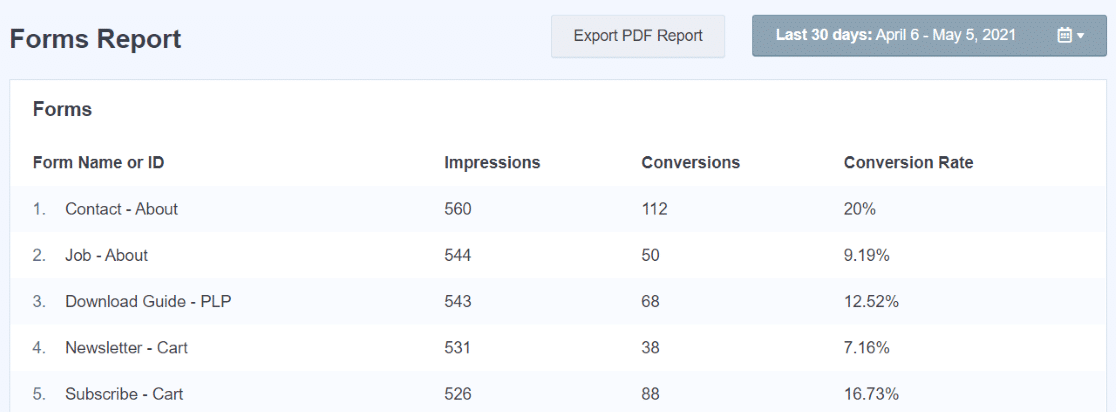What Data Is Google Analytics Goals Unable to Track and Why
What Data Is Google Analytics Goals Unable to Track and Why
Blog Article
Demystifying Google Analytics Limitations: Reveal What Information Goals Can not Track
In the world of digital analytics, Google Analytics stands as a powerful tool that provides important insights right into website efficiency and individual actions. From the intricacies of user communication with vibrant content to the intricacies of cross-device individual trips, these constraints lost light on locations that may stay covered from traditional analytics point of views.

Customer Interaction With Dynamic Material
Individual interaction with dynamic web content plays a crucial duty in understanding user habits on web sites and enhancing the overall individual experience. Dynamic material refers to components on a web page that can transform without the need for a full page reload. This consists of interactive components such as pop-ups, sliders, types, and videos that react to user actions in real-time. By tracking individual interactions with dynamic web content, site proprietors can gain beneficial insights right into customer involvement, preferences, and habits.
Google Analytics uses different devices to track individual communications with dynamic content, such as event monitoring and online pageviews. Occasion monitoring permits you to keep an eye on details customer activities, like clicking a button or seeing a video clip, supplying information on just how users communicate with vibrant elements. Digital pageviews can be used to track interactions that do not result in a new web page lots, providing an extensive sight of user interaction with vibrant web content. By analyzing this data, website proprietors can make informed decisions to enhance customer experience and drive conversions.
Cross-Device Customer Journeys
How can modern analytics devices track the complicated courses users take across numerous devices in their online trips? Cross-device individual journeys present a considerable difficulty for tracking and evaluating user habits accurately. As individuals interact with sites or applications using different tools such as tablets, desktop computers, and smartphones, it comes to be important to recognize exactly how they relocate between these systems to maximize individual experience properly.
Google Analytics encounters limitations in tracking cross-device individual journeys as a result of personal privacy issues and technical restraints - what data is google analytics goals unable to track. While it can provide insights right into private gadgets' communications, tracking a smooth customer trip across numerous devices continues to be an obstacle. This restriction can result in incomplete information and fragmented customer insights, making it challenging for companies to create a unified view of the customer journey
To resolve this problem, organizations can utilize sophisticated analytics tools that provide cross-device tracking abilities, enabling them to gain a more holistic understanding of individual behavior. By leveraging these tools, companies can connect the void in tracking cross-device user journeys and enhance their electronic techniques for a smooth customer experience.
Offline Conversions and Attribution
As services navigate the obstacles of tracking cross-device customer journeys, one more pivotal facet to consider is the realm of offline conversions and attribution in the realm of information analytics. While Google Analytics offers beneficial insights into on the internet individual habits, it fails when it pertains to tracking conversions that occur offline. This restriction postures a significant challenge for organizations that have both online and offline sales networks.
Offline conversions, such as acquisitions read made in physical shops or through phone call facilities, are necessary to comprehending the total customer trip. Without the capability to associate these offline conversions to details online communications, companies may have a hard time to precisely gauge the impact of their digital advertising initiatives.
To address this gap, organizations can explore different remedies such as incorporating CRM systems with online analytics devices or utilizing special promotion codes that can be traced back to on-line campaigns. By connecting the void between online visite site and offline data, organizations can acquire a much more extensive understanding of their clients' habits and improve their total marketing strategies.
Individual Customer Recognition
In the world of a fantastic read information analytics, the capability to precisely recognize individual users across numerous on-line touchpoints is an important obstacle for companies seeking to customize and optimize their advertising techniques. While Google Analytics offers valuable insights into customer actions and interactions, it falls short in allowing the recognition of certain individuals due to privacy worries and technical limitations. Google Analytics utilizes one-of-a-kind identifiers such as cookies to track customer sessions and habits, yet these do not equate to determining private users in an individual sense.

Information From Secure Pages
Despite the increasing prevalence of protected pages on websites, getting data from these encrypted resources presents an unique difficulty for electronic analytics systems like Google Analytics. Protect pages, shown by HTTPS in the link, secure information traded between the user's web browser and the site's web server to guarantee personal privacy and safety. While this encryption is essential for safeguarding sensitive details, it additionally presents constraints for tracking individual habits and gathering analytics data.
Google Analytics faces obstacles in collecting thorough information from secure web pages as a result of the security procedures in place. Consequently, specific information points such as recommendation resources, keyword searches, and also some customer communications may not be fully caught when users access a website via a protected connection. This restriction can influence the precision and efficiency of the information evaluation, bring about voids in recognizing customer behavior and choices on protected web pages.
To navigate this difficulty, digital experts might need to discover different monitoring techniques or leverage other tools especially made to gather understandings from safe web pages. By adjusting techniques to fit these restrictions, companies can still derive important analytics regardless of the constraints provided by encrypted links.
Verdict
In final thought, Google Analytics has restrictions in tracking individual interaction with vibrant content, cross-device individual trips, offline conversions, private customer recognition, and data from secure web pages. Regardless of its useful insights, Google Analytics may not give a total picture of individual involvement throughout numerous touchpoints.
Individual communication with vibrant web content plays a crucial function in understanding user behavior on sites and maximizing the general customer experience. By tracking customer interactions with vibrant material, site proprietors can get useful understandings right into user involvement, preferences, and habits.
Google Analytics uses special identifiers such as cookies to track individual sessions and habits, yet these do not relate to determining individual customers in an individual feeling.
As a result, certain information factors such as recommendation sources, keyword searches, and also some customer interactions may not be fully captured when individuals access a web site via a safe connection.In final thought, Google Analytics has constraints in tracking individual communication with dynamic web content, cross-device user trips, offline conversions, individual user recognition, and information from safe and secure web pages.
Report this page